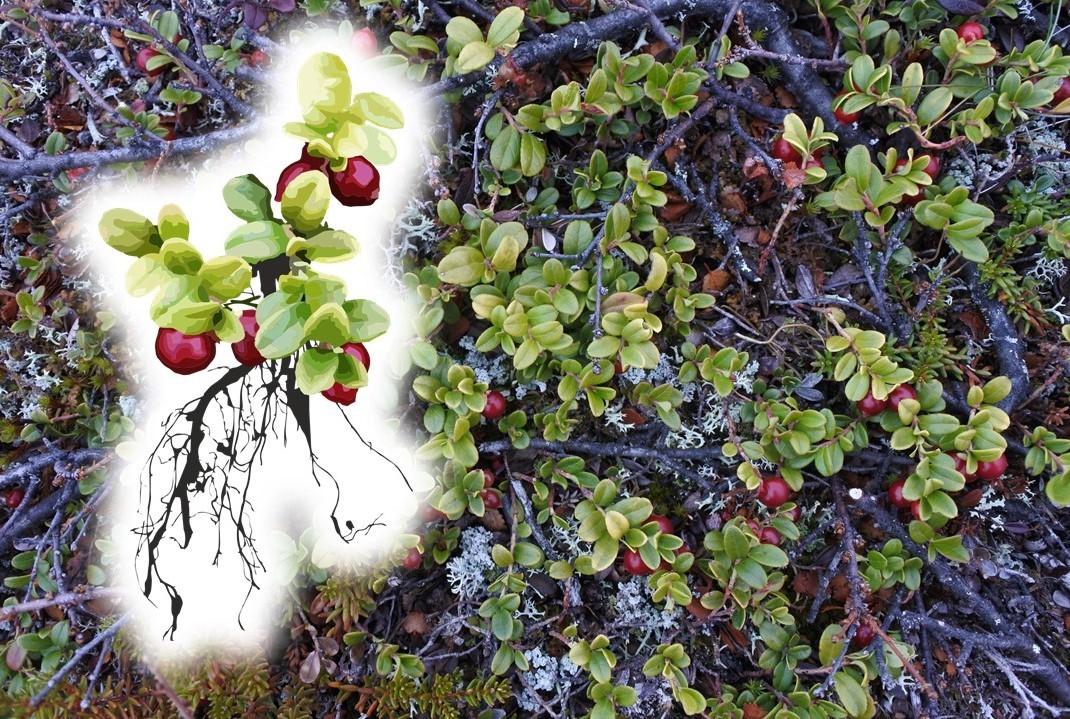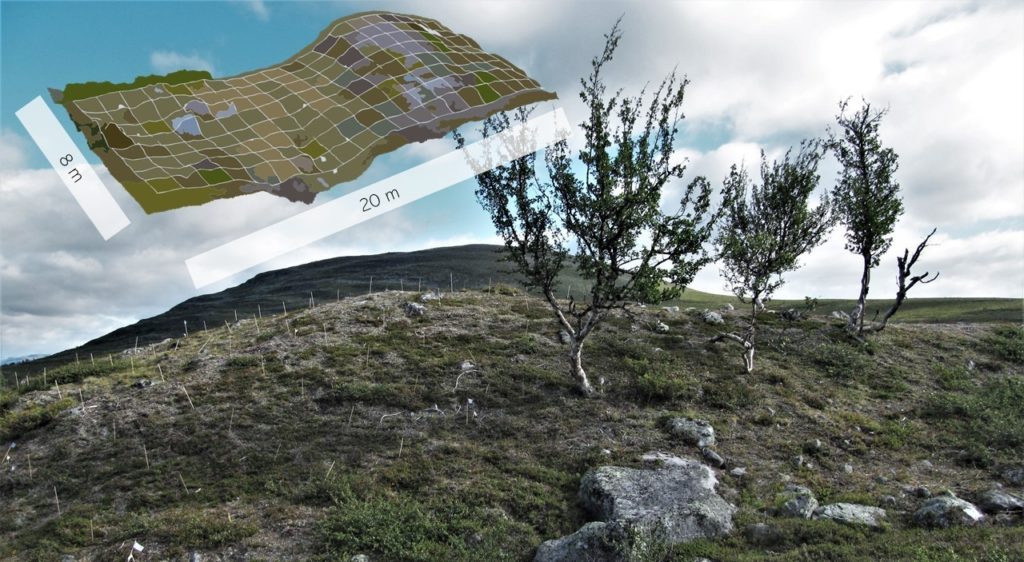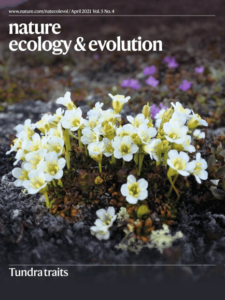
Vaccinium vitis-idaea at the sub-Arctic Fennoscandian site. Image by Julia Kemppinen
PFTC insights help show that trait–environment relationships are generalizable across tundra plant communities.
Years of hard work mixed with a solid dose of expertise, this paper led by PFTC4 participant Julia Kemppinen integrates an elaborate field study in tundra with insights from the PFTC course held on Svalbard in 2018.
Aiming to test the assumption that that relationships between plant functional traits and environmental conditions are globally consistent, the researchers set up multiple grids in four locations across the Arctic and Antarctic tundra. They then combined detailed data on species composition and local abiotic conditions, with functional trait data using databases (BIEN, TRY, and TTT).

The study shows that indeed, trait–environment relationships were generalizable across geographical locations and taxonomic composition, as local variation within the sites was overridden by strong, global trait–environment relationships.
These results reveal a great potential for further exploiting plant functional traits in understanding how (tundra-) ecosystem functioning will be impacted by global changes.
Interestingly, this paper has a strong PFTC connection even though no PFTC data were directly used. Julia explains that she feels that PFTC played a huge role in inspiring and teaching her about traits in the first place. In her own words:
“To be honest, before the PFTC I did not really understand the fuzz about traits. During the two-week crash course on Svalbard, I really saw the potential in trait ecology and moreover, understood that plants are so much more than just different species (probably this took me so long to realise, since I am a biogeographer by training, not an ecologist). Without those realizations that PFTC gave me in an orderly and well-thought way, the road to the NEE study would have been very (or completely) different.”
Further, Julia highlights why she thinks these types of international and collaborative field courses are so valuable.
“I think such courses are true gems. I had so much fun exploring new methods with new friends and seeing how other scientists work in the field and in the lab. PFTC introduced me to friends with whom I got to collaborate in the NEE study, but I also got friends with whom we stay in touch just for the sake of friendship!”

This paper was published in Nature Ecology & Evolution, and Julia’s beautiful photo even made it on the front cover! While you’re there, check out this engaging blog post written by Julia for an interesting peak behind the scenes in the making of this paper.
Congratulations Julia Kemppinen et al. with this very well-written, aesthetically pleasing, but above all, very important paper!